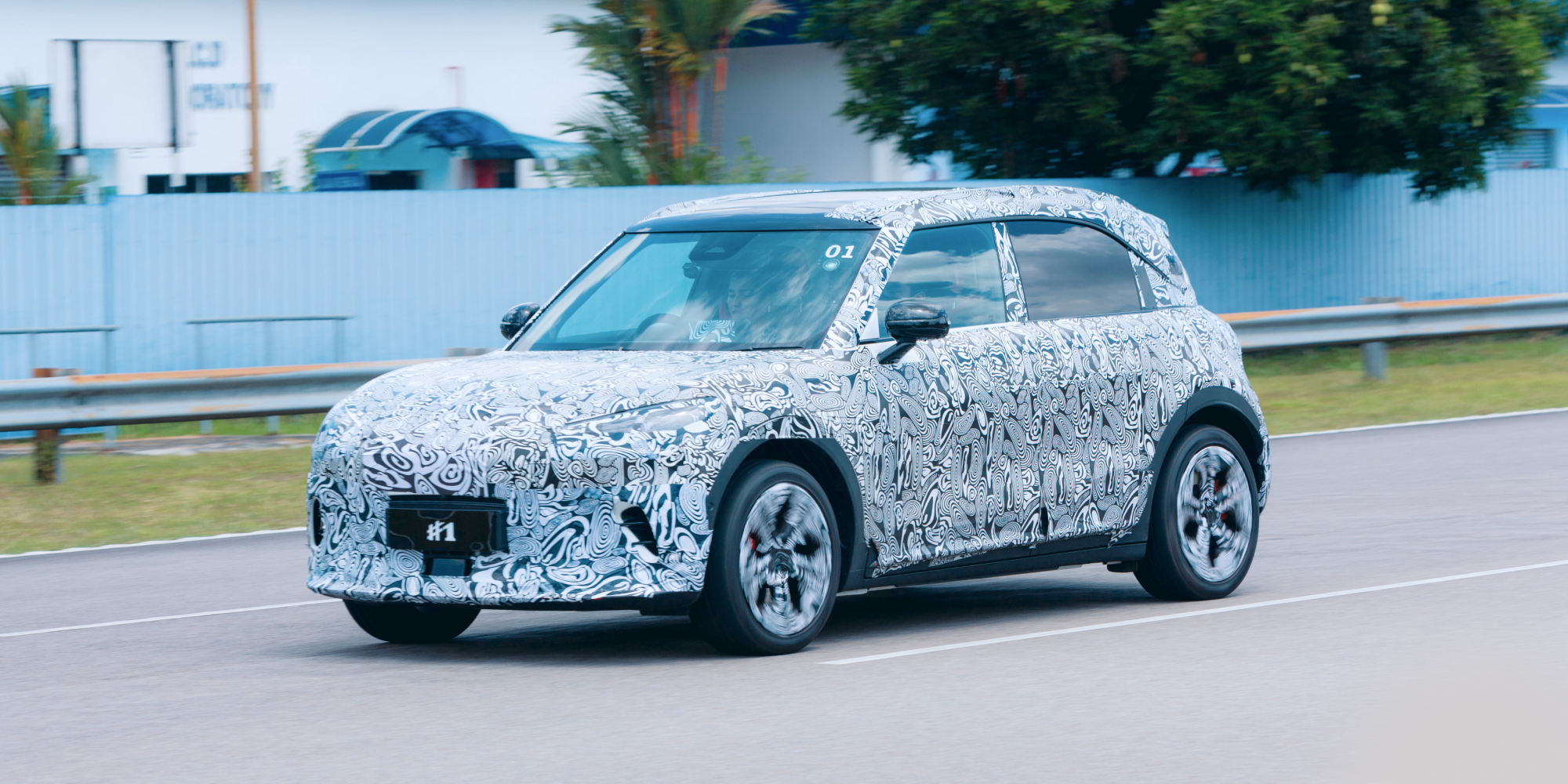When it arrives in Malaysia sometime in the fourth quarter of the year, the awfully-named Smart #1 (pronounced “hashtag one”) will enter a market swamped by competitors. There are already plenty of worthy rivals in the premium compact electric vehicle sector from the likes of BMW, Mercedes-Benz and Volvo, not to mention a pair of credible Korean models from Hyundai and Kia. And we haven’t even talked about the elephant in the room—the Tesla Model Y that was launched just this week.
It’s an unenviable task to stand out in the marketplace, and if it is to have any chance to do so, it will need to be very, very good indeed. But the #1 isn’t to be sniffed at, with styling by Mercedes-Benz and the engineering might of Geely—a company that has built several impressive EVs over the past few years. To find out if that’s truly the case, distributor Proton New Energy Technology (Pro-Net) invited us for a short test drive—and on first blush, it just might have what it needs to succeed.
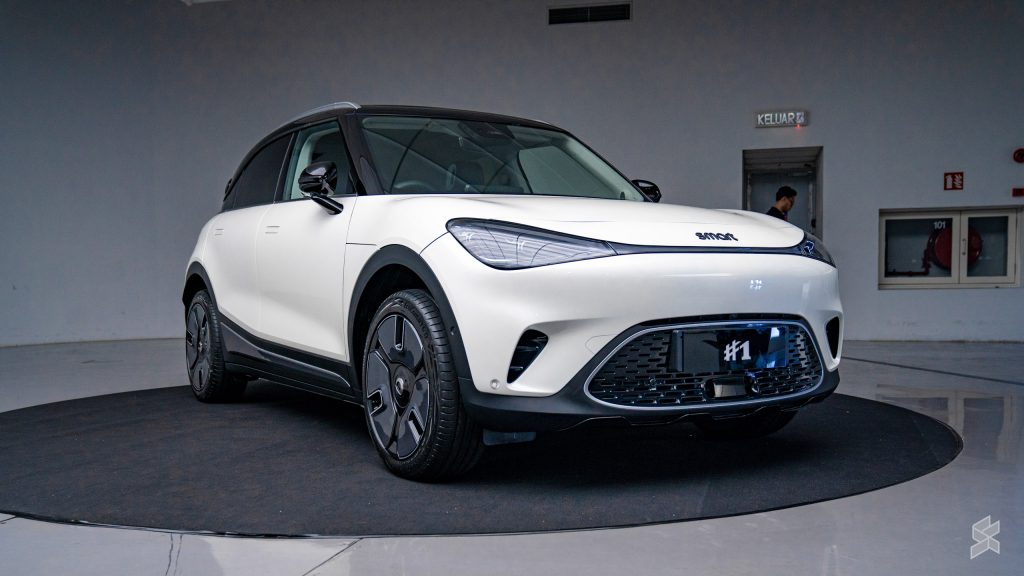
To recap, the #1 is a small electric crossover that’s around the same size as a Mini Countryman—meaning that it’s smaller than models from mainstream premium brands like the BMW iX1, Mercedes-Benz EQA and Volvo XC40. It’s built on Geely’s Sustainable Experience Architecture (SEA) that also underpins the new Volvo EX30. You can find out more information about the car here.
No specifications on the Malaysian-spec model have been released just yet, but in Europe, the Premium model is powered by a single rear motor that produces 200kW (268hp) and 343Nm of torque. That’s enough to get it from zero to 100km/h in 6.7 seconds on its way to a top speed of 180km/h. We also had a go at the high-performance, all-wheel-drive Brabus model, which has dual motors that produce a combined total of 315kW (422hp) and 584Nm of torque. So equipped, the car completes the century sprint in just 3.9 seconds.
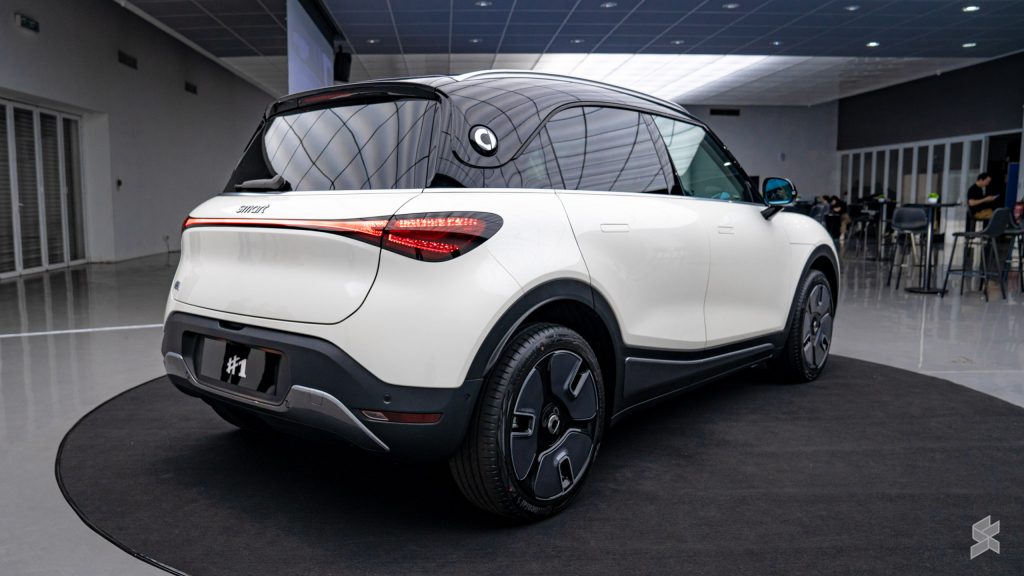
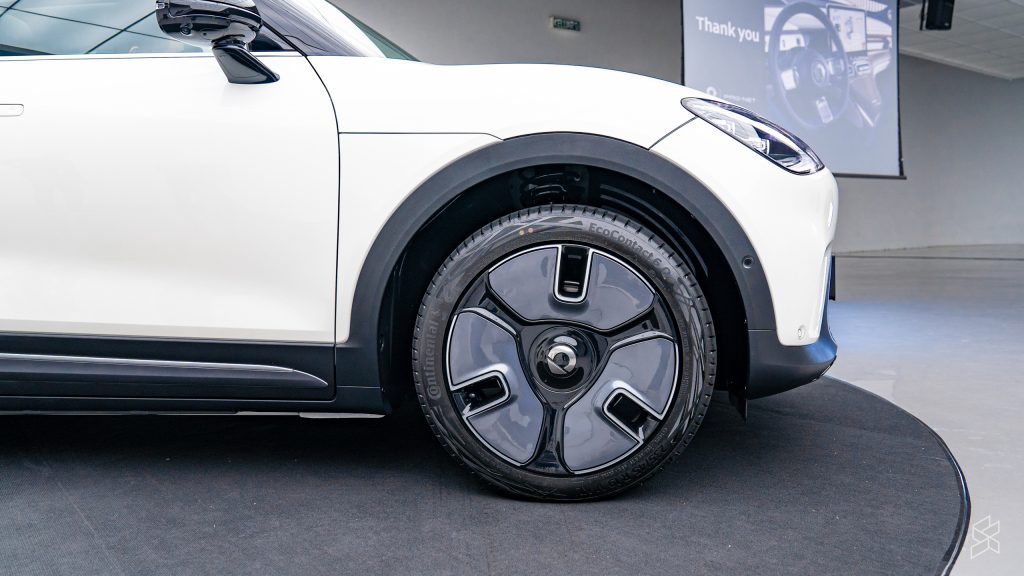
Pro-Net allowed us out on Proton’s test track in Shah Alam, giving us two laps in the Brabus variant and a round of the inner roads in the Premium. A couple of goes on a high-speed oval is hardly representative of the kind of driving most people will do in the real-world, but it did give us a taste of the two cars’ capabilities.
The Brabus certainly felt as fast as the bald figures suggested. Initial acceleration from a standstill was ferocious, and the car kept pulling hard until well into triple figures. Fitted with the upgraded sports suspension, the car felt stiff, bouncing over the rougher patches of the banking, but it never wandered out of its lane even at the maximum allowed speed of 120km/h.
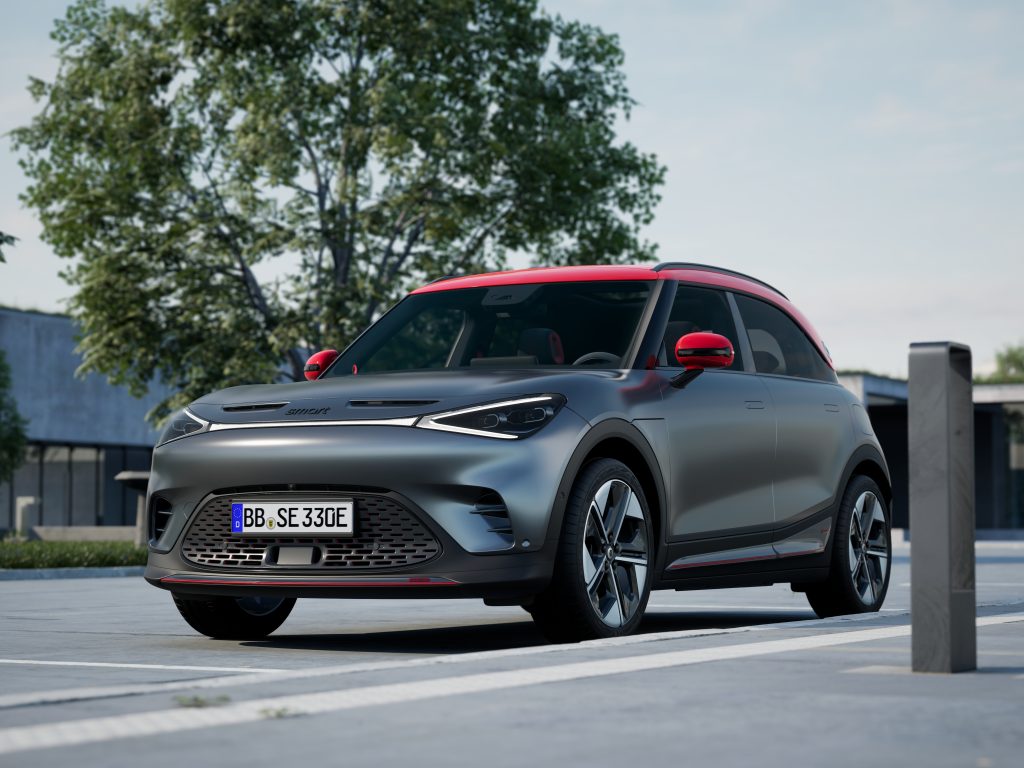
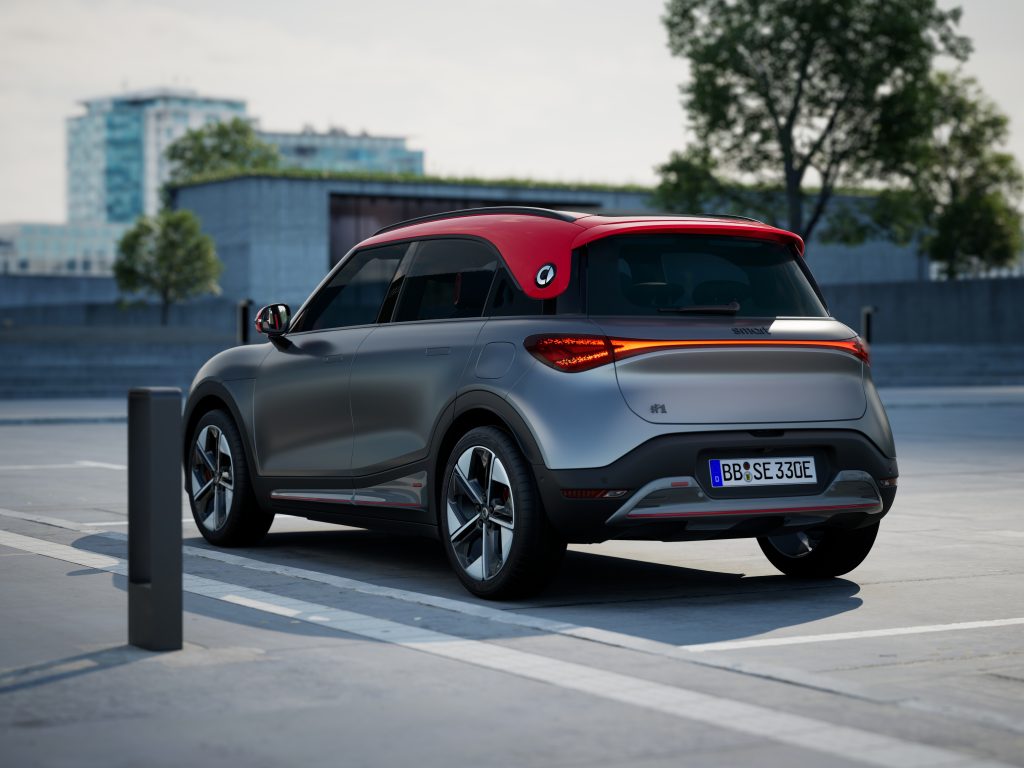
Shifting over to the regular #1 on the inner roads revealed the car’s softer side, although even on the billiard-smooth tarmac the ride was a trite firm. One of the surprises was the steering, which was direct, nicely-weighted and delivered a great amount of feedback through the rim. Attacking the figure-eight course revealed a fairly neutral balance that tipped slightly towards understeer, albeit with lots of body roll and stability control intervention.
Overall, the #1 acquitted itself well, but as is always the case with such a short test drive, we will really have to wait until we get to drive the car on proper roads to give our verdict. Added to that, the #1 appears to be well-equipped (although Malaysian specs have yet to be released) and the cabin is genuinely roomy despite the small size—at the expense of luggage space, of course.
But as ever, the success of the #1 in Malaysia will entirely depend on the price of the car. No, despite the Proton connection, the Smart won’t be cheap, but if it can be priced competitively against the premium competition, it might stand a chance, especially given the expected high amount of kit on this Premium model. Whatever it ends up costing, we can’t wait to get another go.

